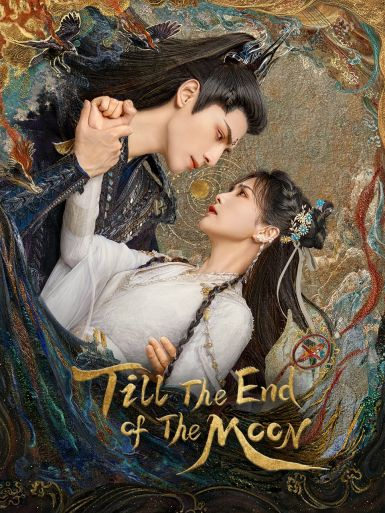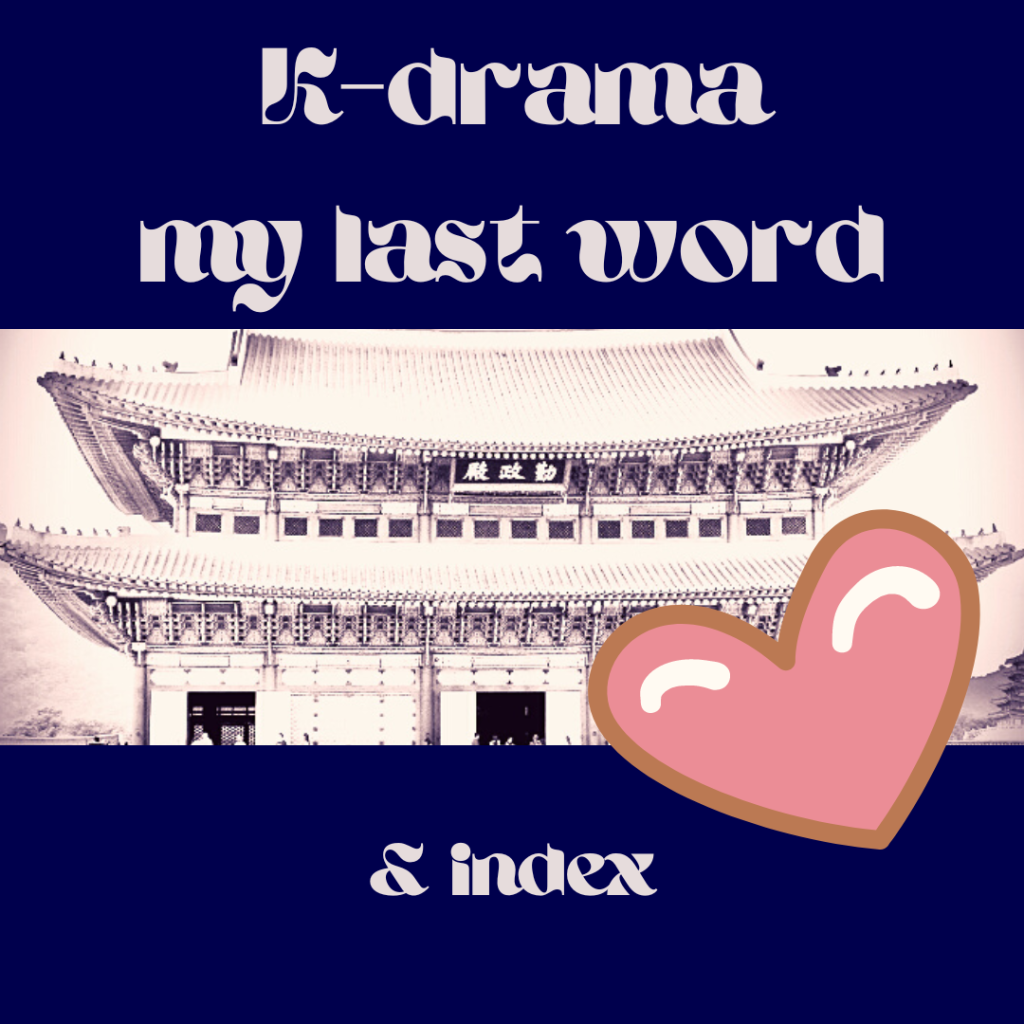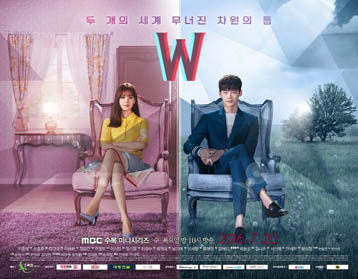Youku on YouTube, Viki coming to Netflix

Spoilers – Alert
I have just finished watching ‘Till the End of the Moon’ and I just have to, have to, have to, talk about it. It’s my first Xianxia fantasy and it spirited me away to many different planes of reality that were uncircumscribed by eastern cosmology, mythology and philosophy for these theatrically portrayed realms live on in the realms of my own imagination and contemplation, beyond the small screen. There were so many ideas and cultural elements to immerse myself in. And it was structured like a progression through levels of a video game with the same level of excitement – read- cliff-hanging drama but remove the stats.
This narrative epic – 40 episodes – brought in aspects of Chinese mythology, Indian cosmology, Taoism, Confucianism, Buddhism, and ideas of cultivating enlightenment through a series of quests crouched in the development of a romantic relationship. No, not a romance- not in the American sense that there has to be a happily-ever-after – but an incredibly romantic story where the omnipotent Devil God – and the Universe he is about to dominate – is saved from himself by the love of the enlightened Lady of Spirituality.
And it was thoroughly enjoyable!
Xianxia fantasy is a Chinese genre of fantasy that incorporates Chinese history in the same nebulous way Game of Thrones is set in Medieval Europe. Here we have Medieval China but not necessarily in a Dark Ages experienced in the West. Xianxia is also set in a mythical world of fairies and demons where power is cultivated with enlightenment. Xianxia narratives are often referred to as Cultivation dramas referring to the quest for personal power/enlightenment. These beings experience their quest, powers intact, in the human world and in many other mythical worlds e.g., in Till the End of the Moon the quest moves from a Cosmic outer-space realm filled with asteroids, to historic China, to the dream-state of a dragon who was once a humanoid God of War living in a heavenly palace, back to China, through the sea of reposed souls, and a heavenly monks retreat, and down the Barren Abyss to the Devil Gods nether-worldly palace and a cosy wishful fantasy world conjured from the memory of family long-deceased.
Xianxia narratives can also be called Wuxia, which is more appropriate to martial arts focussed stories, however, martial arts and special effects are integral to the storytelling. The main actors in this Xianxia at least, can’t be afraid of heights as they seem to have spent a lot of time in aerial harnesses.
Martial arts are employed in executing the quest that is central to the story – finding or accruing talismen that deliver untold powers on their own or when used in conjunction with each other. The quest – journey – is also one of personal development e.g., in Till the End of the Moon, the quest embodies the question, will Tantai Jin overturn his destiny to become the Demon God by cultivating enough goodness and spiritual enlightenment to fend off the previous Demon-God’s agenda?
Xianxia on film offers sumptuous costumes with flowing fabrics, jewelled and studded robes and tunics, elaborate headdresses and make-up. Make up is used a lot in Asia for both men and women in film. I don’t mean the kind of make-up that drops the sheen of the skin to film better. I mean theatrical make up, more subtle than in their traditional theatre forms but nevertheless obvious. Faces are whitened, eyes are enhanced and lips are coloured. In the case of Tantai Jin, the heaviness of his make-up and the colour of his robes help us identify him in when he is vulnerable as opposed to when power is in his hands (if we have missed the fireball he’s holding).
The sets are many, imaginative, gorgeous and various. This series is ambitious with the number of environments that had to be created to signify different world environments. What has been achieved isn’t uniform in terms of being realistic. The urban environments of historic China are most believable. The heavenly kingdom of the Hengyang Sect harmonises with this level of reality and even the Devil-God’s Palace meshes well, however, a couple of the other sets would have benefited from either CGI touch ups/overlays or filming on location. These are the Mohr River underwater Clam Kingdom which although enchanting, needed some CGI love; and the Barren Abyss which would benefit from location shooting e.g., if the Barren Abyss were filmed in Australia, the MacDonnell Ranges outside Alice Springs would be where I would do it – China must have an equivalent. The Clam Kingdom and the Barren Abyss looked theatrical and would be fine on stage but film demands a deeper level of reality – these two environments looked very staged and didn’t mesh with the level of reality created everywhere else.
Ultimately, if the actors stay true to character the meshing of styles of set doesn’t diminish the storytelling and that’s the case with Till the End of the Moon. I must talk about the performances, as well as the subtitles and ideas of free will vs predestination, yin-yang etc. in this wonderful drama but…
… this post is getting long, so I’ll be back with Part 2 soon.



















